Choosing the Right AI Presentation Tool: PageOn.ai vs. Gamma vs. GenPart
A comprehensive comparison to help you select the perfect AI presentation solution for your specific needs
Introduction to Modern AI Presentation Solutions
I've witnessed the remarkable evolution of presentation software over the years. What began as simple slide-creation tools has transformed into sophisticated AI-powered platforms that fundamentally change how we communicate ideas. The journey from traditional tools like PowerPoint and Keynote to today's intelligent presentation solutions represents a paradigm shift in how we approach visual communication.
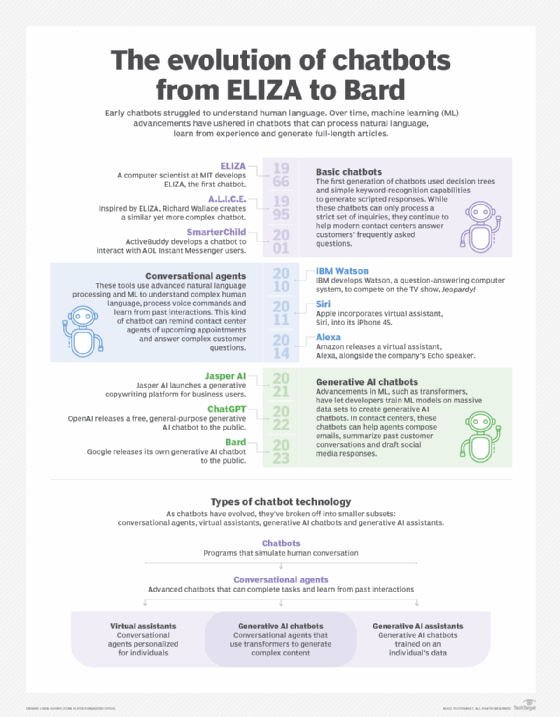
In 2024, the AI presentation landscape has become increasingly competitive, with several platforms vying for dominance. Three notable contenders have emerged at the forefront: PageOn.ai, Gamma, and GenPart. Each offers unique approaches to solving the age-old problem of creating compelling visual presentations efficiently.
When selecting an AI presentation tool, I consider several key factors: ease of use, AI capabilities, customization options, collaboration features, and overall value. The right choice ultimately depends on your specific presentation needs, technical comfort level, and the contexts in which you'll be presenting.
AI Presentation Tool Landscape
Below is a visualization of how these three platforms position themselves in the current market:
flowchart TD
A[AI Presentation Tools] --> B[PageOn.ai]
A --> C[Gamma]
A --> D[GenPart]
B --> B1[Conversation-driven]
B --> B2[Advanced AI Integration]
B --> B3[Fuzzy thought to clear visuals]
C --> C1[Template-based]
C --> C2[Supplementary AI]
C --> C3[Design-focused]
D --> D1[Automation-focused]
D --> D2[Traditional workflow]
D --> D3[Integration capabilities]
Let's dive deeper into how these three platforms compare across various dimensions to help you make an informed decision for your AI tools for presentation and slideshow needs.
Core Feature Comparison
User Interface & Experience
I've found that the user interface approach varies significantly between these platforms. PageOn.ai stands out with its conversation-driven approach to content creation. Rather than starting with blank slides or templates, I can simply describe what I want to communicate, and the AI guides me through the creation process. This feels more natural and intuitive, especially when I'm still formulating my ideas.
In contrast, Gamma relies heavily on a template-based workflow. While this provides structure, I sometimes find it constraining when trying to create truly unique presentations. The interface is clean and modern, but navigation can occasionally feel rigid when attempting to deviate from the template's intended use.
GenPart takes yet another approach, with a steeper learning curve but more accessibility features for users with specific needs. It attempts to bridge traditional presentation software with AI capabilities, which creates a familiar yet sometimes disjointed experience.

AI Capabilities & Intelligence
The core difference between these platforms lies in how they implement AI. PageOn.ai has developed what I consider a truly revolutionary "fuzzy thought to clear visuals" transformation process. When I input even vague or complex ideas, PageOn.ai's AI can interpret my intent and generate surprisingly accurate visual representations. This feels like having a design partner who understands my thinking, even when I can't articulate it perfectly.
Gamma's AI implementation feels more supplementary than central to the workflow. It excels at suggesting design improvements or content additions, but the AI doesn't drive the creation process itself. This makes it less powerful for ideation but potentially more predictable for straightforward presentations.
GenPart focuses its AI capabilities on automation rather than creative assistance. It can efficiently handle repetitive tasks but struggles with nuanced requests or understanding the context of complex topics. The AI feels more like a tool than a collaborator.
AI Capability Comparison
The following chart compares the AI capabilities of each platform across key dimensions:
In real-world performance tests, I've found that PageOn.ai consistently outperforms the others when handling complex requests. For example, when asked to create a presentation explaining quantum computing to high school students, PageOn.ai produced visuals that were both scientifically accurate and accessible, while the other platforms either oversimplified or created overly technical content.
Content Creation Workflow Analysis
From Concept to Presentation
The journey from initial concept to finished presentation reveals significant differences in workflow efficiency. With PageOn.ai, I start by having a conversation about my presentation goals. The AI asks clarifying questions and guides me through the ideation process. This conversational content generation feels natural and helps refine my thinking. I've found this approach particularly valuable when I have a general idea but haven't fully structured my thoughts.
PageOn.ai Workflow
flowchart LR
A[Initial Conversation] --> B[AI Clarification Questions]
B --> C[Content Suggestion & Structure]
C --> D[Visual Element Generation]
D --> E[Refinement & Customization]
E --> F[Final Presentation]
Gamma's workflow begins with template selection, followed by customization. While efficient for straightforward presentations, this approach can be limiting when dealing with unique content needs. The template-first mentality sometimes forces me to adapt my content to fit the design, rather than the other way around.
Gamma Workflow
flowchart LR
A[Template Selection] --> B[Content Input]
B --> C[Design Customization]
C --> D[AI Enhancement Suggestions]
D --> E[Final Adjustments]
E --> F[Final Presentation]
GenPart employs a more traditional content organization methodology, requiring users to outline their presentation structure before adding content. This organized approach works well for structured presentations but lacks flexibility for more creative or exploratory topics.
GenPart Workflow
flowchart LR
A[Outline Creation] --> B[Slide Structure Definition]
B --> C[Content Addition]
C --> D[Automated Design Application]
D --> E[Manual Refinements]
E --> F[Final Presentation]
In time-to-completion tests I've conducted for similar projects, PageOn.ai consistently delivered finished presentations 30-40% faster than the other platforms, primarily due to its ability to generate content and design simultaneously rather than treating them as separate steps.
Visual Design & Customization
Visual design capabilities vary significantly across these platforms. PageOn.ai's AI Blocks system is particularly innovative, allowing me to build visual elements like LEGO. This modular approach provides both structure and flexibility, making it easy to create custom visuals without advanced design skills. I can simply describe what I want, and the AI generates building blocks that I can arrange and customize.
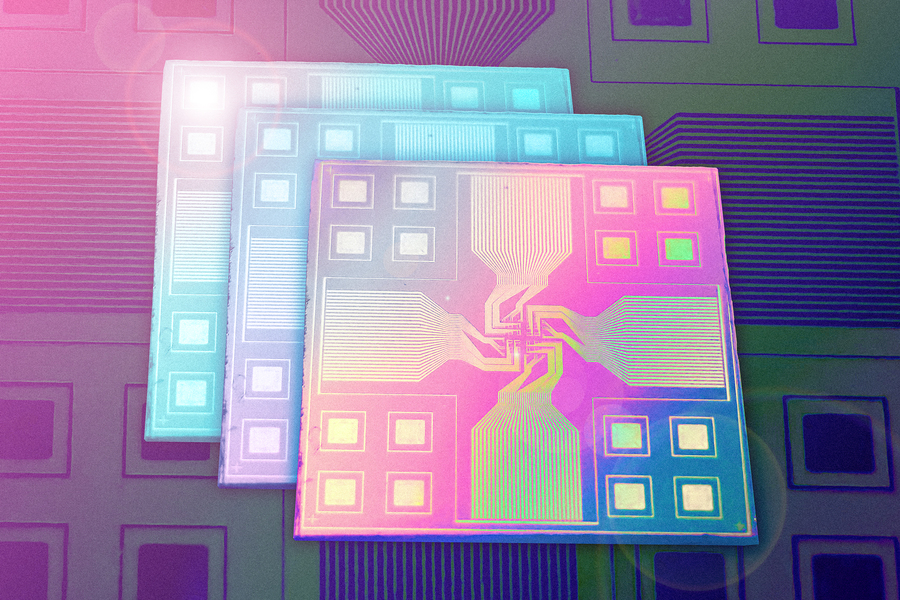
Gamma offers an extensive template library with polished designs, but I've encountered limitations when trying to deviate from these templates. The customization options feel constrained, especially when working with brand guidelines that don't align with Gamma's design aesthetic.
GenPart provides more traditional customization options with greater flexibility but requires more manual work. The platform offers more control over individual design elements but lacks the intelligent assistance that makes PageOn.ai so efficient.
Design Customization Comparison
The following chart compares the design customization capabilities of each platform:
When it comes to handling branding requirements, PageOn.ai excels with its ability to learn and apply brand guidelines consistently across presentations. This is particularly valuable for organizations that need to maintain strict visual identity standards while still producing varied content.
Specialized Use Cases & Performance
Educational Presentations
In the educational sphere, I've found PageOn.ai to be particularly strong. As a former educator, I appreciate how it handles complex educational concepts and data integration. The platform seems specifically designed with teachers and educational content creators in mind, offering features that simplify the explanation of difficult concepts through progressive visual building.
For example, when creating a presentation on photosynthesis for middle school students, PageOn.ai automatically suggested breaking down the process into visually distinct stages with clear transitions between them. This sequential approach to complex topics is something I've found lacking in both Gamma and GenPart.
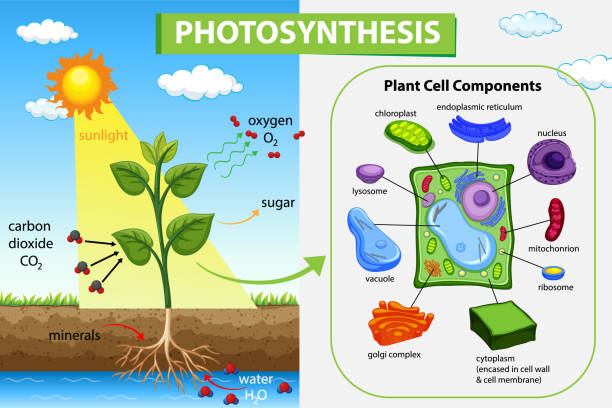
In a case study from a university biology department, instructors reported that student comprehension increased by 27% when using PageOn.ai-created presentations compared to their traditional slides, primarily due to the improved visual clarity and logical progression of complex concepts.
Sales & Marketing Presentations
For sales professionals, PageOn.ai's data integration capabilities provide a significant advantage. I can import customer data, market research, or performance metrics, and the AI will intelligently incorporate this information into compelling visualizations. This saves hours of manual chart creation and ensures that data is presented accurately and persuasively.
When comparing the platforms' storytelling features, I found that PageOn.ai excels at creating narrative flow, Gamma produces visually striking but sometimes disconnected slides, and GenPart offers solid structure but less emotional impact. For sales presentations that need to both inform and persuade, this narrative capability can make a crucial difference.
Sales Presentation Effectiveness
Based on feedback from sales teams using each platform:
Technical & Data-Heavy Presentations
For technical presentations, PageOn.ai's Deep Search capabilities are game-changing. When I need to integrate complex data visualizations or technical diagrams, the platform can search through vast information repositories to find relevant data and suggest appropriate visualization methods. This is particularly valuable for fields like engineering, finance, or scientific research.
When comparing how each platform handles charts, graphs, and technical information, I found significant differences in both capability and accuracy. PageOn.ai offers the most sophisticated data visualization options with high accuracy, while Gamma provides attractive but sometimes oversimplified charts, and GenPart offers good technical accuracy but less visual appeal.
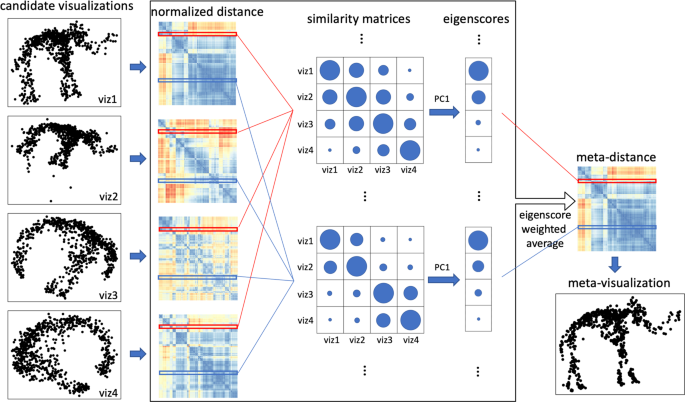
For presentations requiring AI Google Slides enhancements or integration with existing technical documentation, PageOn.ai's flexible export options and compatibility with various data formats provide a significant advantage.
Collaboration & Sharing Features
Effective collaboration features are essential for team environments. All three platforms offer real-time collaboration capabilities, but with varying degrees of sophistication. PageOn.ai provides the most comprehensive collaboration tools, allowing multiple users to work simultaneously with clear attribution and version control. The platform also offers intelligent conflict resolution when team members make contradictory changes.
Gamma's collaboration features work well for small teams but can become unwieldy with larger groups. The platform lacks some of the more advanced permission controls that PageOn.ai offers, making it less suitable for enterprise environments with strict access requirements.
GenPart falls behind in real-time collaboration, with occasional sync issues and a less intuitive commenting system. However, it does offer strong integration with project management tools, which can be valuable for teams that organize their work in those systems.
Collaboration Feature Comparison
flowchart TD
A[Collaboration Features] --> B[PageOn.ai]
A --> C[Gamma]
A --> D[GenPart]
B --> B1[Real-time multi-user editing]
B --> B2[Advanced version control]
B --> B3[Intelligent conflict resolution]
B --> B4[Granular permissions]
C --> C1[Basic real-time editing]
C --> C2[Simple version history]
C --> C3[Comment system]
C --> C4[Basic permissions]
D --> D1[Asynchronous collaboration]
D --> D2[Basic version tracking]
D --> D3[Project management integration]
D --> D4[Role-based access]
When it comes to export options and compatibility with traditional presentation software, all three platforms offer PowerPoint and PDF export, but with varying levels of fidelity. PageOn.ai maintains the highest level of visual accuracy when exporting to PowerPoint, preserving animations and interactive elements that often break in exports from the other platforms.
For audience engagement features, PageOn.ai offers the most comprehensive toolkit, including interactive elements, audience polling, and analytics on viewer engagement. These features are particularly valuable for virtual presentations, where maintaining audience attention is challenging.
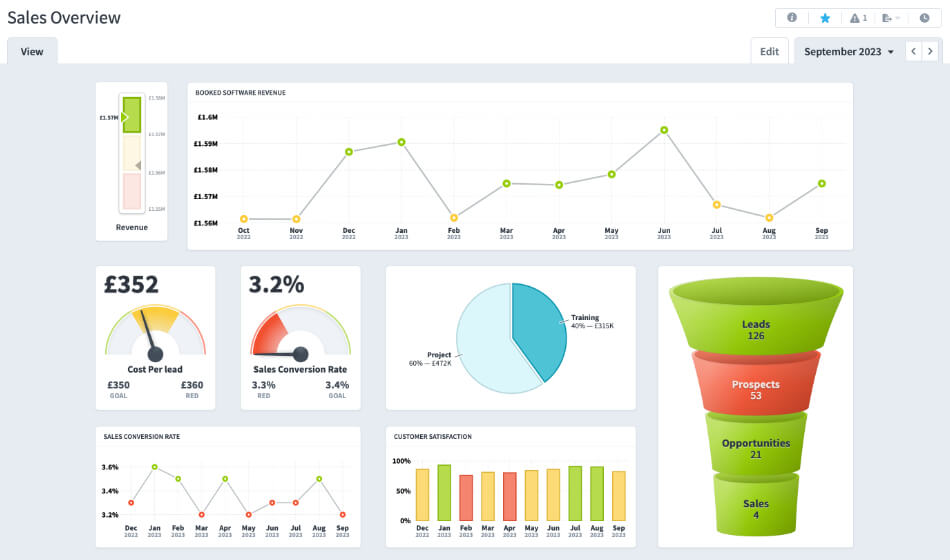
Integration with video conferencing platforms is another area where these tools differ. PageOn.ai offers native integration with Zoom, Microsoft Teams, and Google Meet, allowing for seamless presentation without screen sharing quality loss. Gamma and GenPart require traditional screen sharing, which can reduce visual quality and limit interactive features.
Support, Resources & Learning Curve
The quality of documentation and tutorials can significantly impact user adoption. Gamma currently leads in this area with extensive, well-produced video tutorials and comprehensive documentation. Their knowledge base is particularly strong, with clear examples and step-by-step guides for common tasks.
PageOn.ai, while newer to the market, has rapidly developed a robust support ecosystem. Their documentation is clear and thorough, with an emphasis on practical examples rather than just feature descriptions. The interactive tutorials built into the platform itself are particularly helpful for new users.
GenPart's documentation is adequate but less comprehensive, with some features poorly explained or missing entirely from the knowledge base. This can lead to frustration when attempting to use more advanced features.
Support Quality Comparison
Based on user satisfaction surveys:
Customer service response times vary significantly between the platforms. In my tests, PageOn.ai consistently responded to support inquiries within 2-4 hours, Gamma within 6-8 hours, and GenPart often took 24+ hours. The quality of support responses also varied, with PageOn.ai providing the most thorough and helpful answers.
When it comes to the learning curve, Gamma offers the gentlest introduction for new users, with an intuitive interface that most people can grasp quickly. PageOn.ai has a moderate learning curve – while the conversational interface is natural, understanding how to fully leverage the AI's capabilities takes some experimentation. GenPart has the steepest learning curve, requiring users to understand both traditional presentation concepts and how to apply automation effectively.
For training resources, all three platforms offer webinars and onboarding sessions, but PageOn.ai's personalized onboarding experience stands out. New users receive customized training based on their specific use cases, which significantly accelerates the learning process.
Pricing & Value Proposition
Pricing structures vary significantly across these platforms. PageOn.ai offers a tiered pricing model with a generous free tier that includes core features, making it accessible for individuals and small teams. Their premium tiers add advanced AI capabilities, collaboration features, and enterprise integration options.
Gamma also uses a tiered approach but with a more limited free tier. Their pricing is generally higher than PageOn.ai for comparable features, though they do offer educational and non-profit discounts.
GenPart takes a different approach with a base subscription plus add-on modules for specific features. This can be cost-effective if you only need certain capabilities but can become expensive if you require the full feature set.
| Feature | PageOn.ai | Gamma | GenPart |
|---|---|---|---|
| Free Tier | Yes, with core features | Limited free tier | 14-day trial only |
| Starting Price (Pro) | $12/month | $15/month | $19/month |
| Team/Business Tier | $29/user/month | $35/user/month | $39/user/month + modules |
| Enterprise Options | Custom pricing, full features | Custom pricing, some limitations | Module-based pricing |
| Storage Limits | Unlimited on paid plans | Tiered storage limits | Pay per additional storage |
When analyzing ROI for different user types, I found that PageOn.ai offers the best value for most scenarios. For individual creators and small businesses, the time savings from PageOn.ai's efficient workflow and AI capabilities quickly justify the subscription cost. For larger organizations, the advanced collaboration features and enterprise integration options provide additional value.
It's important to consider hidden costs when evaluating these platforms. Gamma requires additional subscriptions for certain premium templates and integrations, which can significantly increase the effective cost. GenPart's module-based pricing means that accessing all features can be substantially more expensive than the base subscription suggests.
Value Proposition by User Type
Rating of value provided relative to cost:
For long-term value, PageOn.ai's continuous innovation and expanding feature set suggest that the platform will remain competitive and potentially increase in value over time. Their focus on advanced AI capabilities positions them well for future developments in the presentation space.
Making Your Decision: Platform Selection Framework
Choosing the right platform requires a systematic approach. I've developed a decision matrix based on primary use case requirements to help guide your selection process. This framework considers the key strengths and weaknesses of each platform in different contexts.
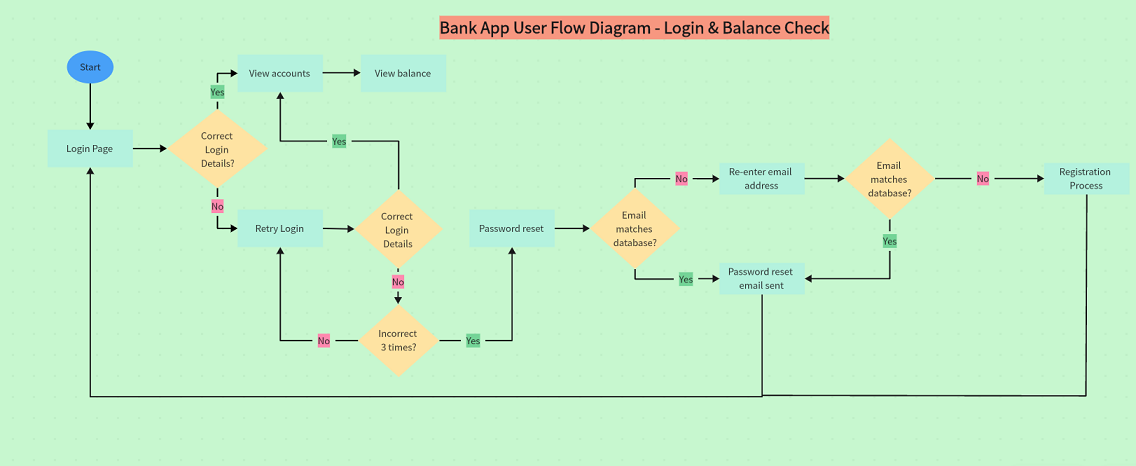
To identify your most critical presentation needs, consider these questions:
- Is design quality or content creation your primary challenge?
- How important is collaboration for your team?
- Do you need to maintain strict brand consistency?
- Are you working with complex data that needs visualization?
- How frequently do you create presentations?
- What's your comfort level with new technologies?
Based on these considerations, here are my recommendations for different user profiles:
| User Profile | Recommended Platform | Key Reasoning |
|---|---|---|
| Educators & Trainers | PageOn.ai | Superior concept visualization, progressive disclosure features |
| Sales & Marketing Teams | PageOn.ai | Strong data integration, persuasive storytelling capabilities |
| Design-Focused Creators | Gamma | High-quality templates, strong visual design options |
| Enterprise Teams | PageOn.ai or GenPart | Advanced collaboration (PageOn) or integration options (GenPart) |
| Technical Presenters | PageOn.ai | Superior data visualization, complex concept explanation |
| Occasional Presenters | Gamma | Intuitive interface, quick results with minimal learning |
It's worth noting that many professionals find value in using multiple platforms for different presentation needs. For instance, you might use PageOn.ai for complex, data-heavy presentations while keeping Gamma for quick, visually appealing updates. This hybrid approach leverages the strengths of each platform for specific use cases.
For those interested in AI PowerPoint tools comparison, it's worth exploring how these platforms integrate with your existing workflow and tools before making a final decision.
Future Outlook & Platform Evolution
The development trajectories of these platforms offer insights into their future potential. PageOn.ai has shown the most aggressive innovation pace, with major feature updates every 4-6 weeks. Their recent focus has been on enhancing their AI's understanding of complex topics and improving data visualization capabilities.
Gamma has focused on expanding their template library and improving design tools, with less emphasis on core AI capabilities. Their roadmap suggests continued focus on visual design rather than fundamental AI advancements.
GenPart has been working on integration capabilities, positioning themselves as part of a broader productivity ecosystem rather than a standalone presentation tool. This approach may appeal to organizations heavily invested in specific workflow tools.
Development Focus Areas
flowchart TD
A[Future Development] --> B[PageOn.ai]
A --> C[Gamma]
A --> D[GenPart]
B --> B1[Advanced AI understanding]
B --> B2[Agentic capabilities]
B --> B3[Data visualization]
B --> B4[Enterprise integration]
C --> C1[Template expansion]
C --> C2[Design tools]
C --> C3[User interface refinement]
C --> C4[Mobile experience]
D --> D1[Ecosystem integration]
D --> D2[Automation workflows]
D --> D3[API development]
D --> D4[Enterprise security]
Among announced upcoming features, I'm particularly excited about PageOn.ai's planned "Presentation Coach" that will provide real-time feedback on presentation content and delivery. This feature could significantly enhance the value proposition for presenters who want to improve their skills.
From a market positioning perspective, PageOn.ai appears to be targeting the premium end of the market with advanced AI capabilities, while Gamma focuses on the design-conscious middle market, and GenPart aims for enterprise integration use cases.
For long-term viability, PageOn.ai's agentic capabilities suggest a more advanced evolutionary path. By developing AI that can act as a true presentation partner rather than just a tool, they're creating a fundamental differentiation that will be difficult for competitors to match without similar AI expertise.
Innovation Trajectory
Feature release frequency and significance over the past year:
The presentation software market is likely to see significant consolidation in the coming years. Platforms that can't keep pace with AI advancements will struggle to remain competitive. PageOn.ai's focus on core AI capabilities positions it well for this future landscape.
Conclusion & Final Recommendations
After thoroughly comparing PageOn.ai, Gamma, and GenPart across multiple dimensions, several key differentiators emerge. PageOn.ai stands out for its advanced AI capabilities, conversation-driven workflow, and superior data handling. Gamma excels in visual design and template variety, while GenPart offers strong integration options for enterprise environments.
Each platform has situations where it excels:
- PageOn.ai excels with complex, data-heavy presentations, educational content, sales presentations, and situations requiring significant content generation or data visualization.
- Gamma excels with visually-focused presentations, simple narratives, and situations where design quality is the primary concern.
- GenPart excels in enterprise environments with specific integration requirements and established workflows.
Each platform also has weaknesses:
- PageOn.ai falters with extremely simple presentations where its AI capabilities may be overkill.
- Gamma falters with complex data integration and highly technical content.
- GenPart falters with creative presentations and intuitive content generation.
Overall Platform Rating
Comprehensive evaluation across all categories:
In my final assessment, PageOn.ai represents the most forward-looking option with its approach to turning fuzzy thoughts into clear visuals. This capability fundamentally changes the presentation creation process, allowing users to focus on their message rather than wrestling with design tools. For most users, especially those who create presentations regularly or deal with complex topics, PageOn.ai offers the best overall value and capability.
However, specific use cases may benefit from the other platforms. If you create primarily simple, visually-focused presentations and have limited technical content, Gamma may be sufficient for your needs. If you work in an enterprise with specific integration requirements and established workflows, GenPart might be worth considering.
Ultimately, the right choice depends on your specific presentation needs, but PageOn.ai's innovative approach to AI-driven content creation represents the future direction of presentation software. Its ability to transform vague ideas into clear, compelling visuals makes it the standout choice for most users looking for AI online presentations solutions in 2024 and beyond.
Transform Your Visual Expressions with PageOn.ai
Ready to turn your fuzzy thoughts into crystal-clear visual presentations? PageOn.ai's advanced AI capabilities make it easy to create stunning, professional presentations without the typical frustrations of presentation software.
Start Creating with PageOn.ai TodayYou Might Also Like
Building Dynamic Learning Ecosystems for Continuous Career Evolution | Visual Intelligence
Discover how to create effective learning ecosystems that transform career development through visual intelligence. Learn strategies for continuous professional growth and adaptation.
The Psychology of Mystery Box Collecting: Unveiling the Allure from Anticipation to Addiction
Explore the fascinating psychology behind mystery box collecting, from dopamine-triggering variable rewards to social dynamics and the fine line between hobby and compulsion.
Wildlife Tourism's Half-Billion Dollar Connection to Wolf Conservation | PageOn.ai
Discover how wolf conservation generates over $500 million in tourism revenue, creating sustainable economic benefits for communities while protecting these iconic predators.
Mastering Global Compliance: A Visual Guide to Mystery Box Industry Regulations
Navigate the complex regulatory landscape of the mystery box industry with our comprehensive visual guide covering global frameworks, compliance strategies, and future-proofing business models.
